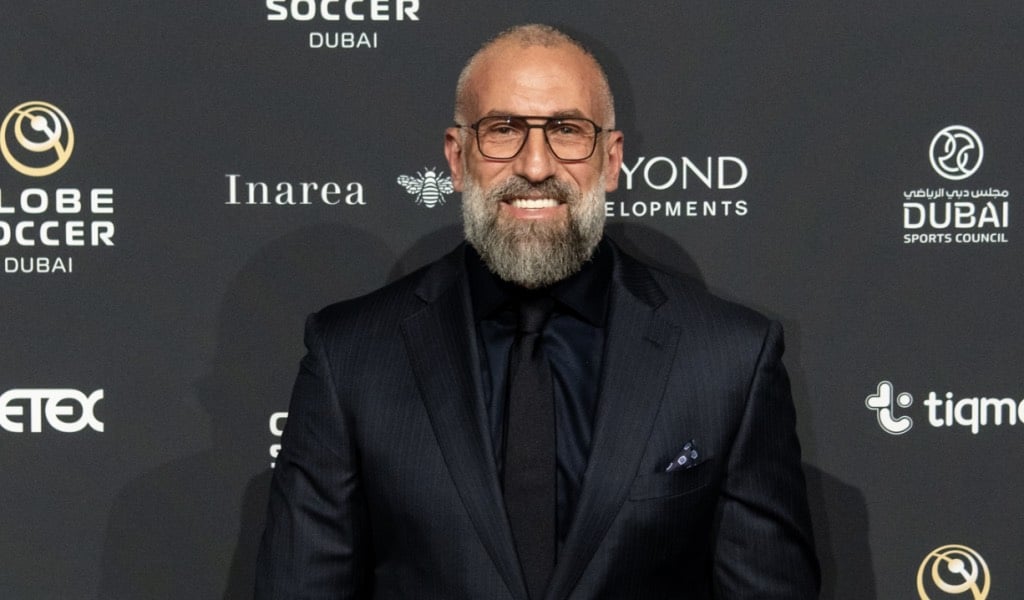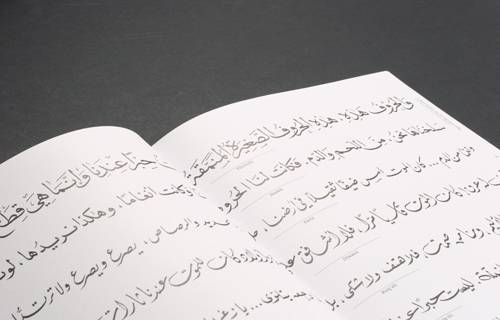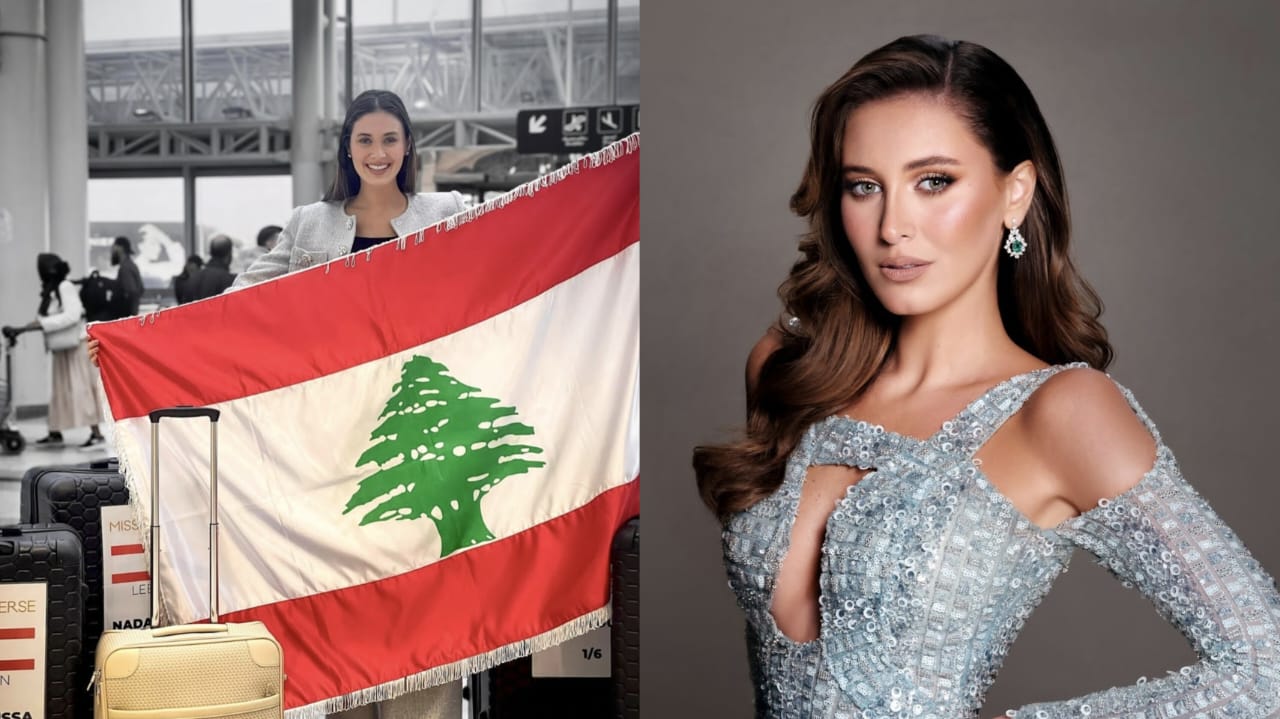ERROR Art Before Art
Nowadays it is common to hear the academic discussion about the origins and history of art in Lebanon and the broader Middle East, scholars being concerned with the exact date from when one is permitted to speak of an ‘art history’. But the concept of art which dominates today all manner of artistic practices in the region wasn’t always as stable or synchronized with Western art history and its institutions: biennials, art fairs, white cubes, museums, curators, etc.
Until the turn of the century, an autonomous concept of art had not yet emerged and the region’s material culture was largely ornamental. This material culture, however use-oriented – objects were designed with a function – still played an important role not only in state-building but in the historicist consciousness of the modern project that gave rise to a division between fine art and decorative arts.
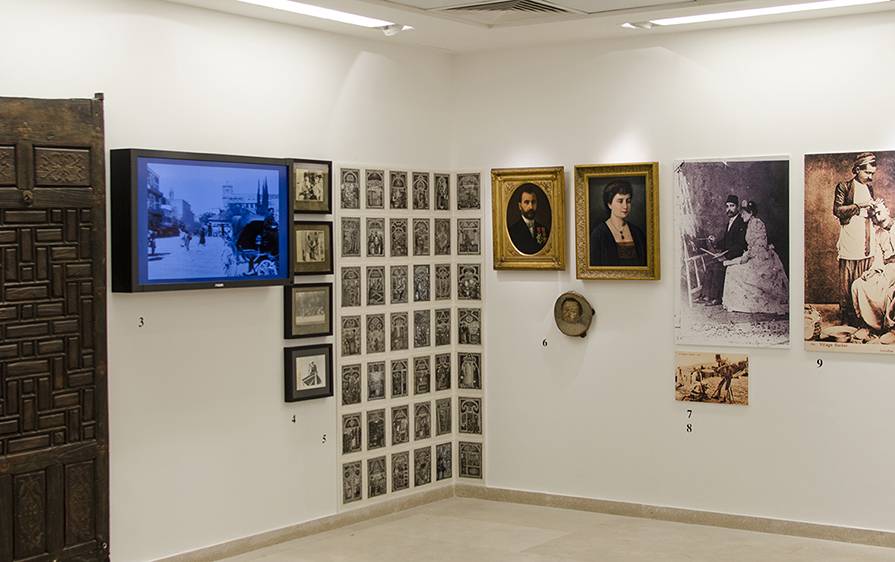
This process nevertheless was very slow and did not completely consolidate until recent times. While the rise of modernity brought to the region (particularly the Levant and Egypt) new means of technical reproduction and production, artisans in the fashion of the Arab Orient were still practicing largely traditional crafts, and it is often the case that those artisans became themselves the first artists.
An inverse process is now also true: Many contemporary artists trained in the formal language of conceptualism and abstraction are turning towards the ornament not only for inspiration but in order to learn about alternative modernisms and abstractions taking place all over the world, with a particular emphasis on the Islamic world. The exhibition “Al-Musawwirun: Artists before Art” takes upon the challenge to bring a selection of these artifacts.
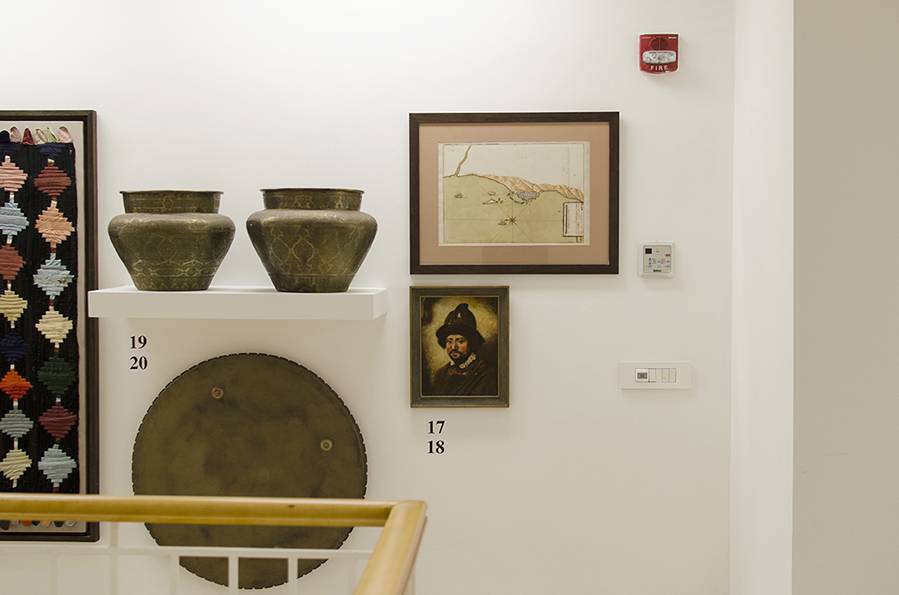
Starting with photographic portraits of Daoud Corn (1852-1930), considered the first professional artist in Lebanon with a European training in painting, he advertises his rare skill. Belonging to the first generation of Lebanese painters (coeval with the independence movement, he is followed by his son Georges Corn (1896-1971) belonging to the republican generation, designing military costumes and even sketches for a national medal. An oil on photograph from 1927 by Khalil Saleeby, another early modernist, appears also in the exhibition, showing how new technologies began to inflect the production of cultural objects, entering the modernization process. The naive works from the 1930s by Shaker El Mazloum and Abu Subhi Al Tinawi were apparently very popular at the time, and remind the viewer of the traditions of orality in the region, however inflected by new technical means.
A rather dissimilar assemblage of works and objects appear, accompanied by posters and photographs from the period which document the emerge of a more autonomous concept of art already around the 1920s, but still embedded in a traditional culture where human representation in the classical realist sense was rather rare and motifs convened from different cultures and periods. It is not only photography and paintings, but also drawers, plates, furniture and prints, among others. As new artistic vocabularies emerge, imported from Europe, the division marker begins to grow between these different styles, which coincided with the nationalist movements and the Arab renaissance or El Nahda, in Egypt and the Levant, inspired by the translation of European canonical works into Arabic.
In a sense, the connection between modernity, nationalism, historicism and the birth of fine art in the Arab world are immediately detectable, and points towards a period of optimism associated with both technology and politics, which remained intact until the foundation of the republic and then collapsed into the second half of the 20th century. The birth of this institutional fine art was however not politically harmless, and always fraught with the class and ideology struggles of cultural production that have characterized fine art since its birth in the early modern Europe of the 18th century. The sample is by no means representative and it shows the absolute dearth of museums and museological conservation in the region, at a time when the contemporary is at an all times high fashionable. It is really difficult to develop a true autonomy of art without solid foundations.
1
